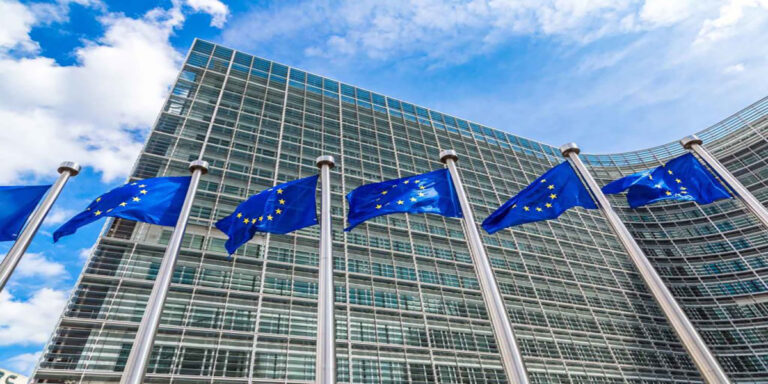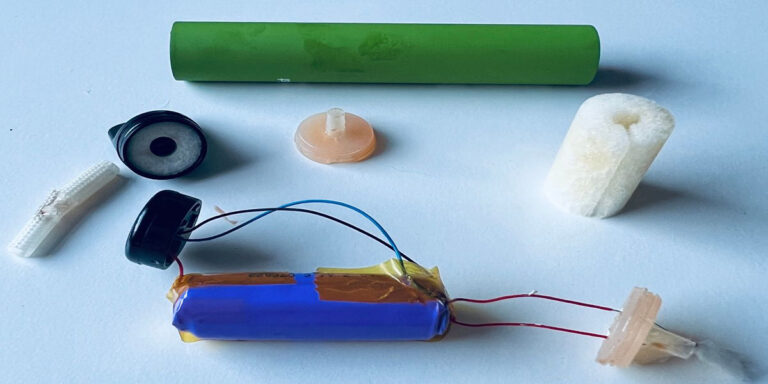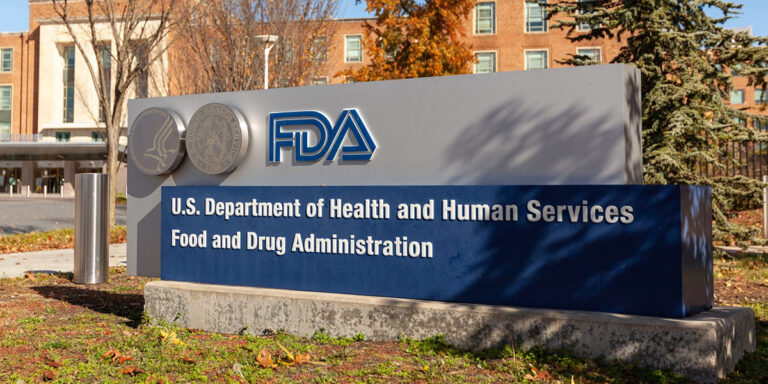Most smokers or former smokers will tell you that the urge to smoke is strongest when drinking alcohol or in specific environments. Even without a desire to smoke, exposure to certain cues, such as an alcoholic drink, can trigger intense cravings. Researchers at Baylor College of Medicine (BCM) have uncovered the mechanisms behind this phenomenon, revealing how nicotine “tricks” the brain into forming memory links between environmental cues and smoking behavior. This groundbreaking study, published in the journal Neuron, sheds light on the powerful role nicotine plays in shaping smoking habits.
The Brain’s Association Mechanism
Survival and Reward Signals
Natural Associations:
Dr. John A. Dani, a professor of neuroscience at BCM and co-author of the study, explains that our brains typically associate behaviors that support our survival with environmental cues, steering our behavior toward success. When we engage in actions beneficial to our health, the brain signals a reward, reinforcing these positive behaviors.
Nicotine’s Hijacking Effect:
However, nicotine hijacks this subconscious learning process, making the brain behave as if smoking is a positive action. This manipulation leads to the formation of strong associations between smoking and specific environmental cues.
Environmental Triggers
Common Triggers:
Events associated with smoking, such as finishing a meal, having a drink, or even driving, can become powerful triggers. These cues prompt individuals to smoke, often subconsciously, due to the associations formed in the brain.
Study Design:
To analyze these associations, Dani and his team conducted experiments with mice, exposing them to nicotine and allowing them to move freely between two separate chambers: one containing nicotine and the other containing a benign saline solution.
Neuroscientific Insights from the Study
Brain Activity Monitoring
Hippocampus Focus:
Researchers recorded the time mice spent in each compartment while monitoring activity in the hippocampus, a brain region associated with memory formation. This setup allowed them to observe the impact of nicotine on memory-related brain activity.
Significant Changes:
“The change in brain activity was indeed very significant,” said Dani. “Nicotine strengthened the connections between neurons, sometimes by 200% more than when saline was injected. This strengthening of connections is the basis for forming new memories.”
Reward Center Activation
Dopamine Signals:
The study found that nicotine could only enhance synaptic connections between neurons when the brain’s reward center emitted dopamine signals. Dopamine is crucial for creating memory associations, even for negative behaviors like smoking.
Compartment Preference:
Unsurprisingly, the mice learned to stay longer in the nicotine-containing compartment, indicating a preference shaped by the enhanced synaptic connections and associated reward signals.
Implications for Smoking Behavior
Subconscious Triggers
Persistent Urges:
The findings explain why certain environments and activities trigger strong smoking urges in individuals. These subconscious triggers are rooted in the brain’s reinforced memory associations, making it challenging to quit smoking even when there is no immediate desire.
Behavioral Conditioning:
Nicotine’s ability to create these strong associations means that breaking the habit requires more than just willpower. It involves retraining the brain to dissociate these environmental cues from the act of smoking.
Potential Interventions
Therapeutic Approaches:
Understanding the mechanisms behind nicotine’s impact on the brain opens up potential therapeutic approaches. Interventions could focus on weakening these associations or providing alternative rewards that do not involve smoking.
Public Health Strategies:
Public health strategies can also benefit from these insights by creating environments that minimize exposure to smoking-related cues, thus reducing the likelihood of triggering cravings.
FAQs
How does nicotine create associations in the brain?
Nicotine strengthens the connections between neurons in the brain’s hippocampus, especially when the reward center emits dopamine signals. This creates strong memory associations between environmental cues and smoking.
Why do certain environments trigger smoking cravings?
Environmental cues become associated with smoking through reinforced memory links created by nicotine. These triggers can prompt cravings even when there is no immediate desire to smoke.
What was the main finding of the Baylor College of Medicine study?
The study found that nicotine significantly enhances synaptic connections in the brain, particularly in the hippocampus, leading to strong memory associations between smoking and environmental cues.
How can understanding these mechanisms help in quitting smoking?
Understanding how nicotine forms these associations can lead to therapeutic approaches that weaken these links or provide alternative rewards, aiding in smoking cessation efforts.
What role does dopamine play in nicotine addiction?
Dopamine signals from the brain’s reward center are crucial for creating memory associations. Nicotine’s ability to enhance synaptic connections relies on these dopamine signals, reinforcing the behavior.
Are there strategies to avoid environmental triggers for smoking?
Yes, strategies include avoiding environments associated with smoking, using alternative activities to disrupt associations, and seeking environments that do not trigger cravings.
Conclusion
The research from Baylor College of Medicine highlights how nicotine manipulates the brain into forming strong associations between environmental cues and smoking behavior. These findings provide a deeper understanding of why certain environments trigger smoking cravings and offer potential pathways for developing effective smoking cessation strategies. By addressing the brain’s reinforced memory links, we can better support individuals in their journey to quit smoking and improve public health outcomes.


















